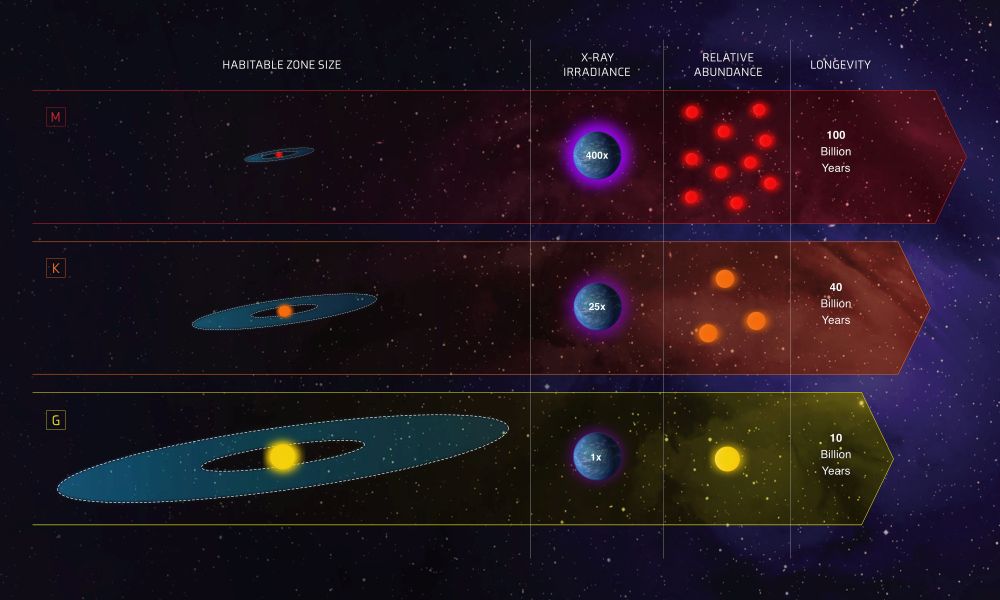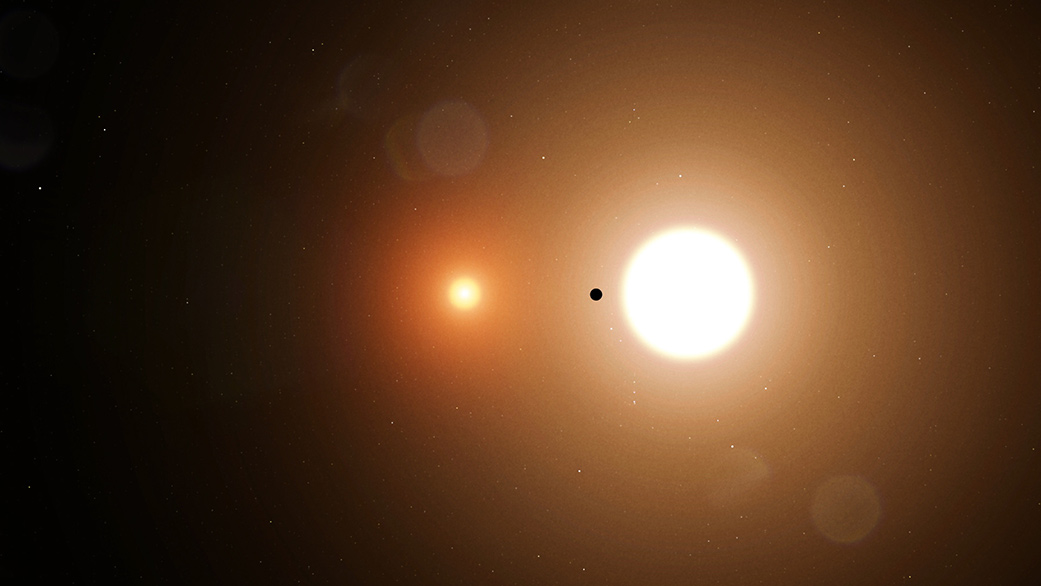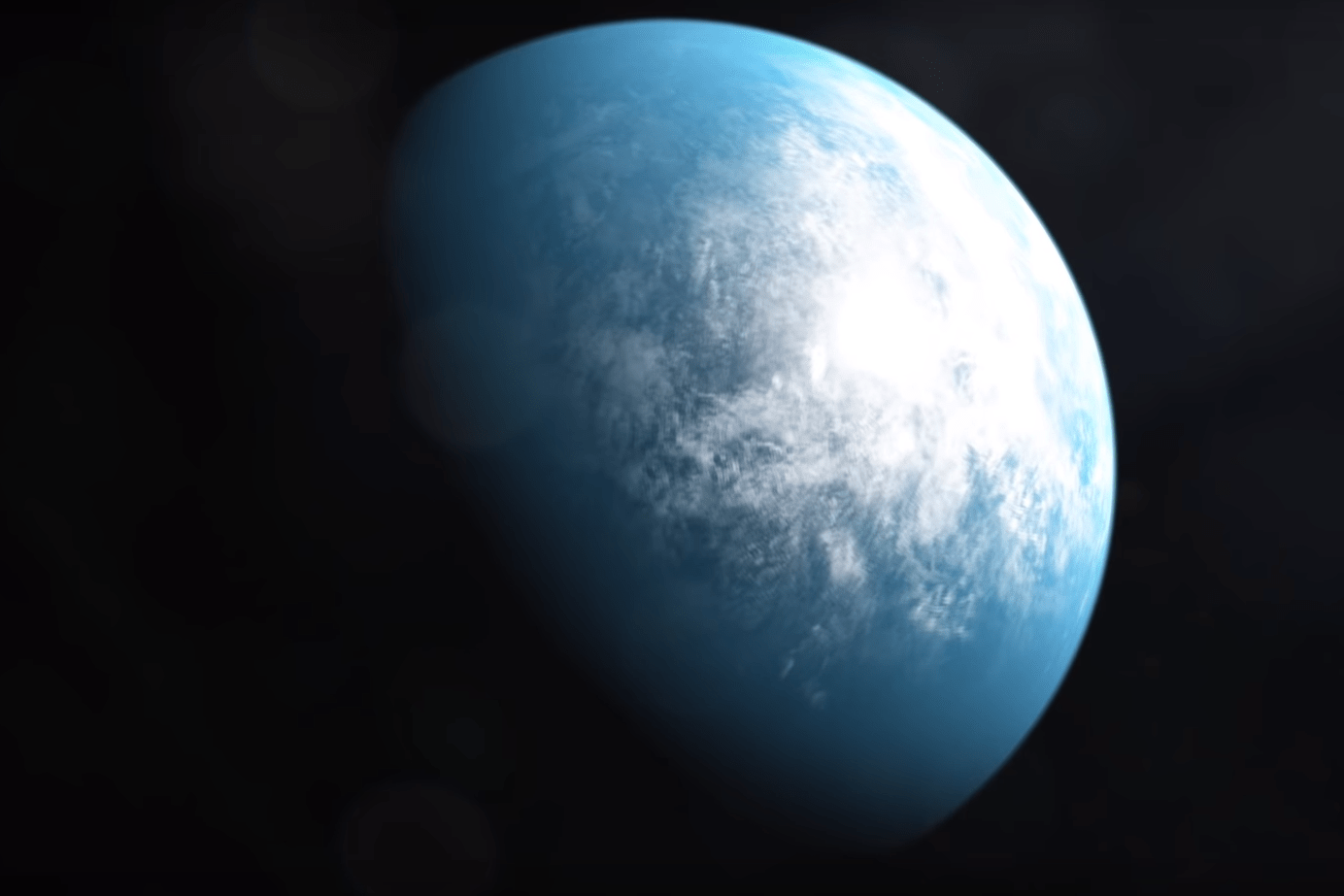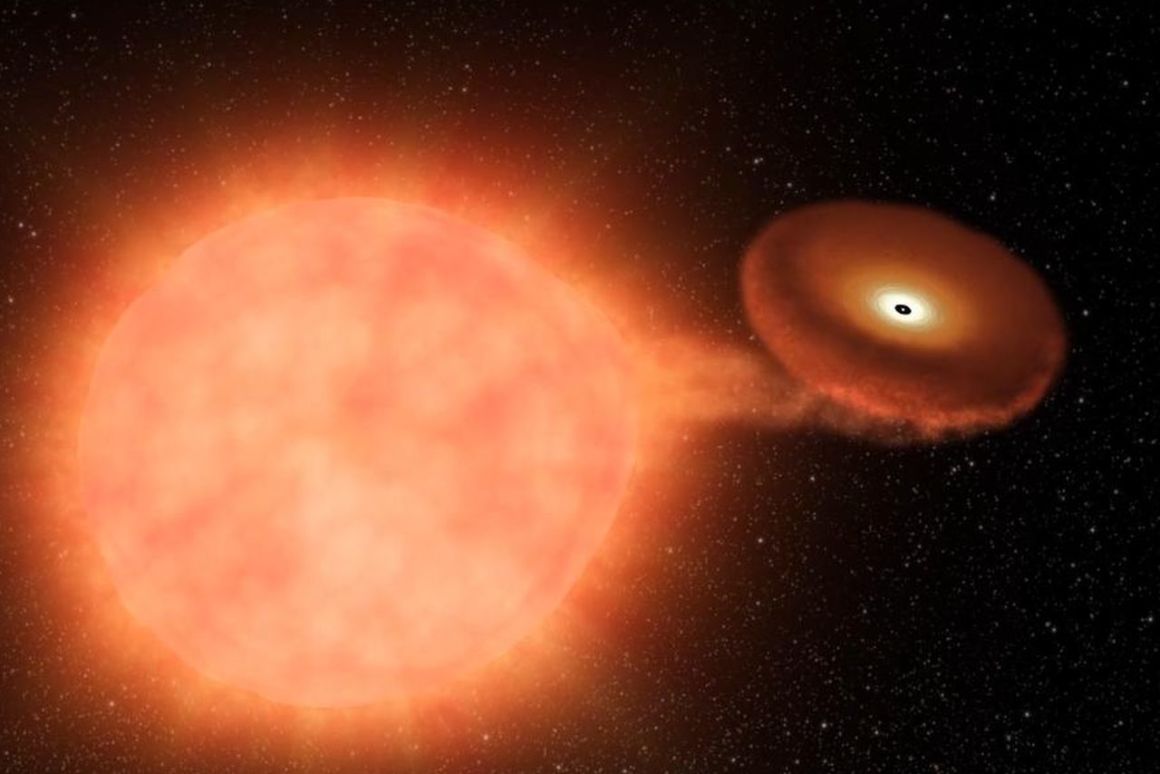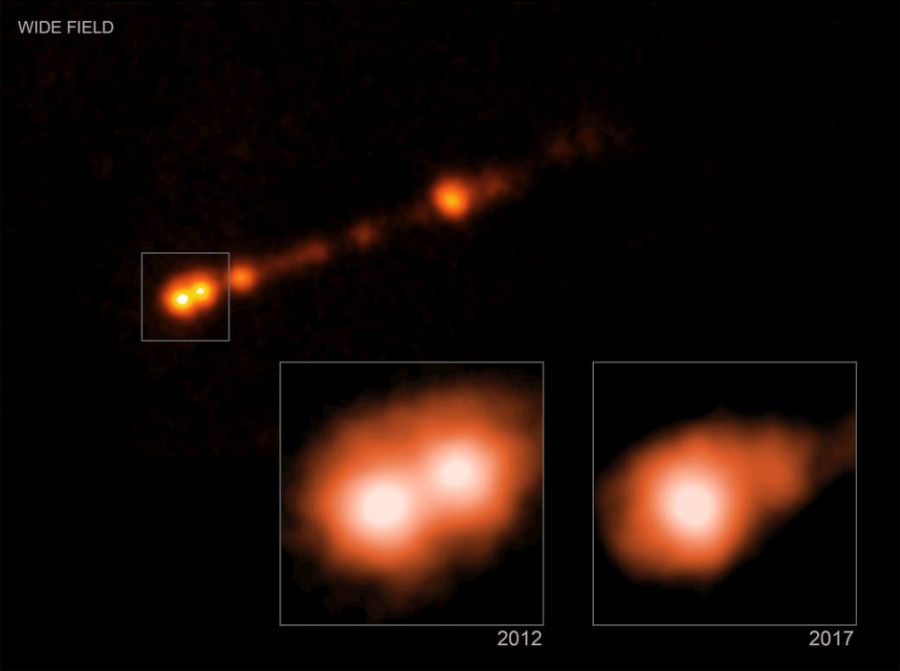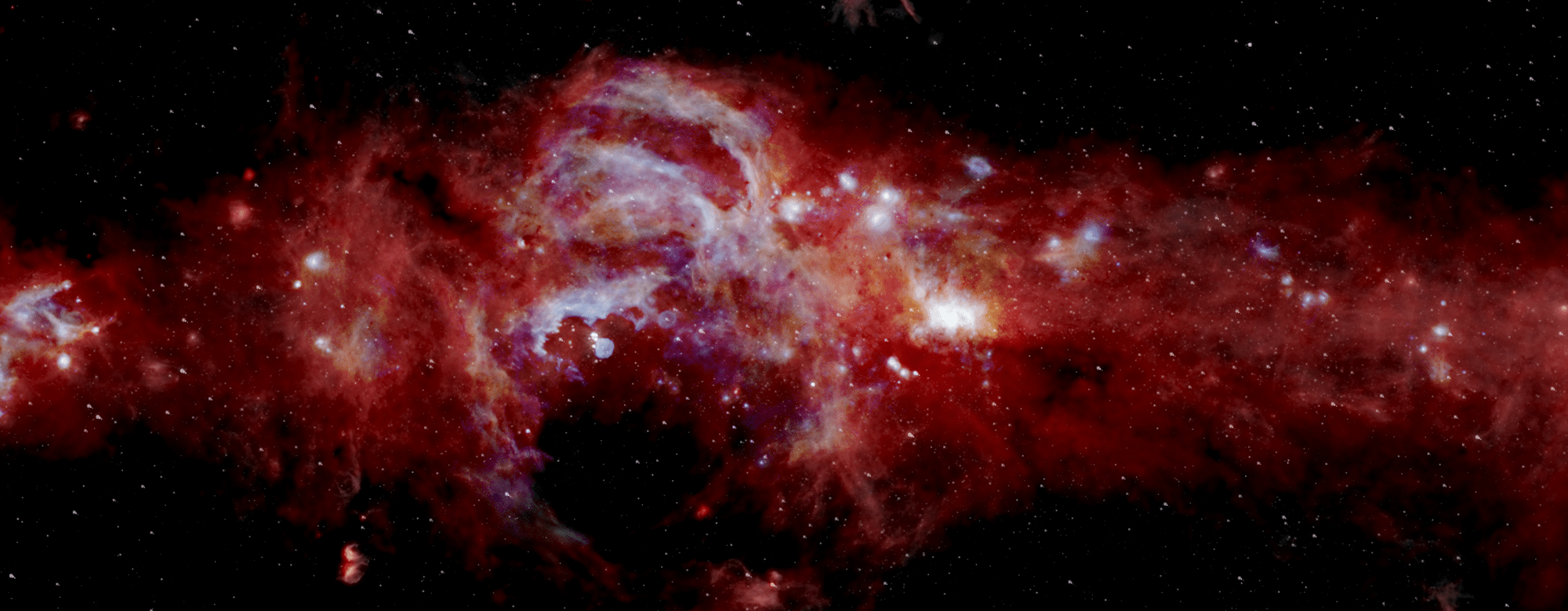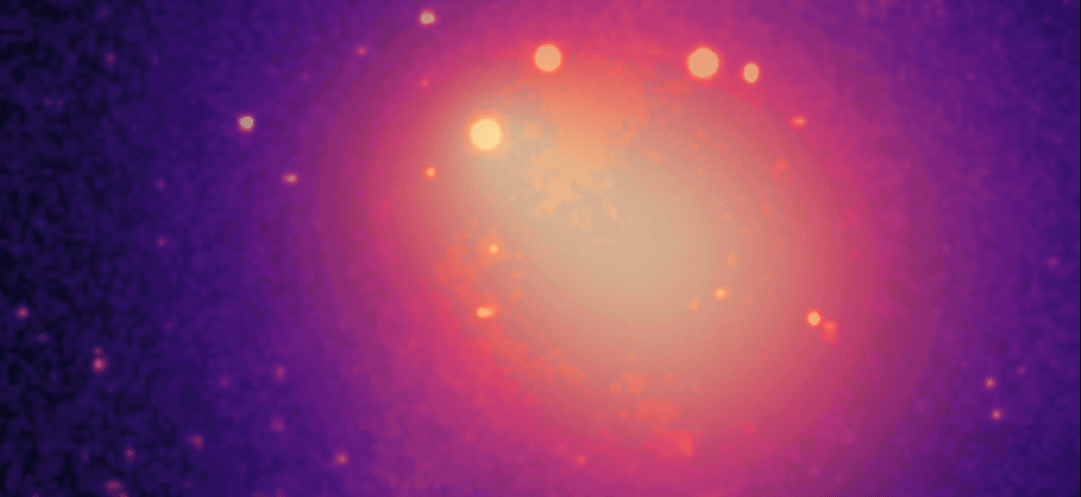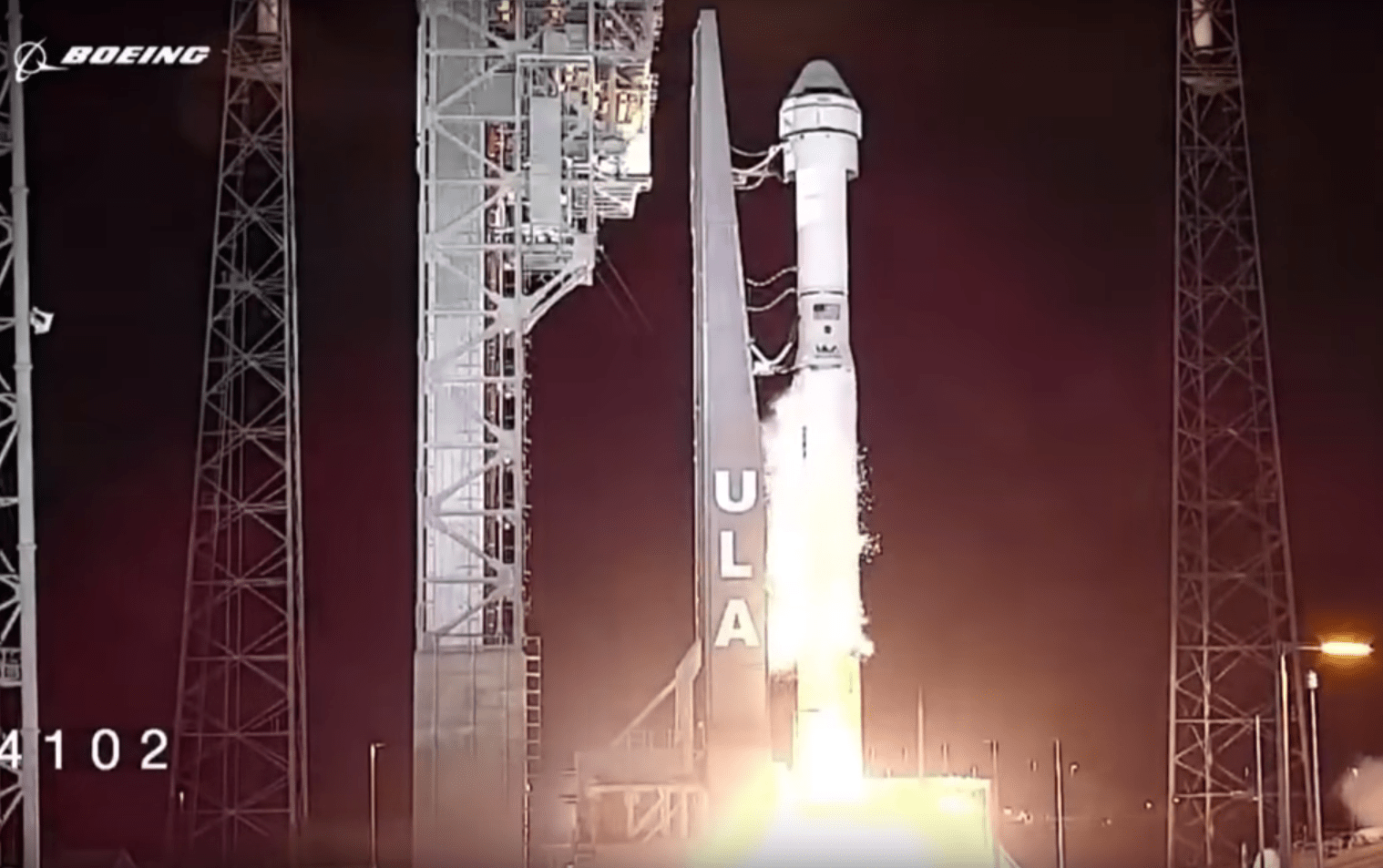20% of the surface of Earth’s Eastern Hemisphere is littered with a certain kind of rock. Black, glossy blobs called tektites are spread throughout Australasia. Scientists know they’re from a meteorite strike, but they’ve never been able to locate the crater where it struck Earth.
Now a team of scientists seems to have found it.
Continue reading “Almost 800,000 Years Ago, an Enormous Meteorite Struck Earth. Now We Know Where.”

